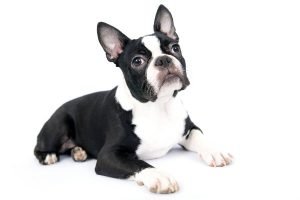
In this article
Most Popular Mix Breed Dogs in the UK
All dogs have their quirks and charms, and while you know exactly what to expect with a purebred, a mixed breed can be the best of all the breeds they belong to. The element of surprise makes owning one all the more exciting!
If you’re looking to own a mixed breed or simply want to know a bit more about them, stay tuned. Here we’ll be pawing into the most popular mix-breed dogs in the UK, as well as some other details about mixed breeds in general.
Top 10 most popular dog breeds
1. Cockapoo

The Cockapoo is one of the most popular mixed breeds in the UK, and are the result of crossing a Cocker Spaniel with a Poodle. They’re available in three sizes: Standard, Miniature, and Toy.
Cockapoos are energetic, intelligent, friendly, and have lustrous curly coats that are often hypoallergenic. The latter makes them a particularly great option for dog lovers with mild allergies.
2. Labradoodle
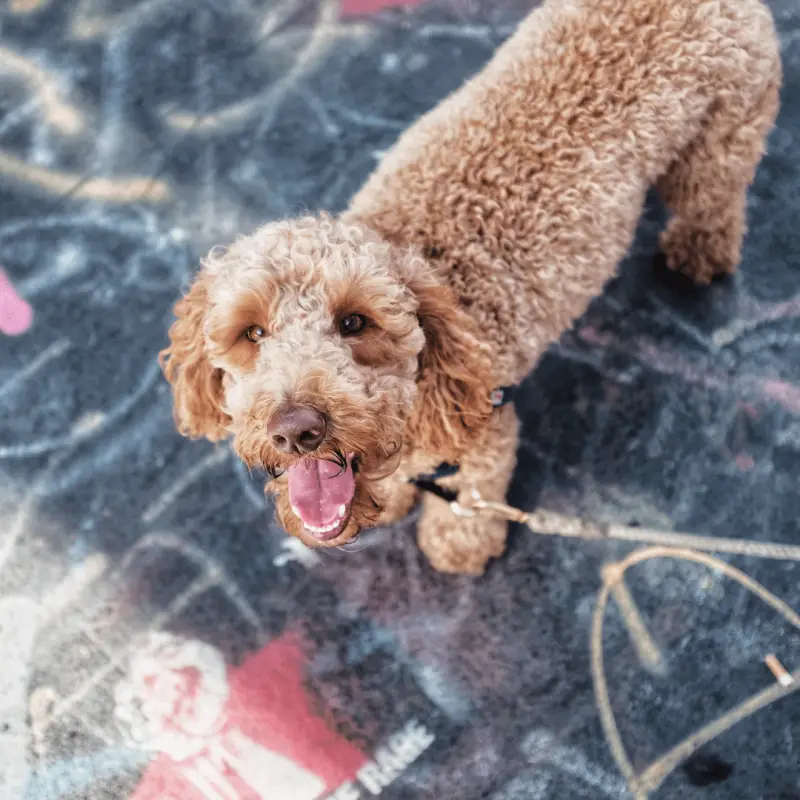
The Labradoodle is another favourite among dog owners. These curly-furred dogs are a cross between a Labrador and a Poodle (typically a Standard Poodle).
Labradors are well-known for their friendliness, so it should come as no surprise that the Labradoodle matches this level of affection. Just like Poodles, Labradoodles are intelligent and have low-shedding coats, giving you a great dog for families and allergy sufferers.
3. Puggle

The Puggle is a small to medium-sized dog that is half Beagle and half Pug. They are a healthier version of the Pug, a breed that is well-known for its health problems.
Puggles are playful and outgoing, but they can develop a stubborn streak from their Beagle side. Their Beagle qualities can also make them uncooperative with a love for independence, though the Pug’s family-friendliness is thought to help balance this out.
4. Cavachon
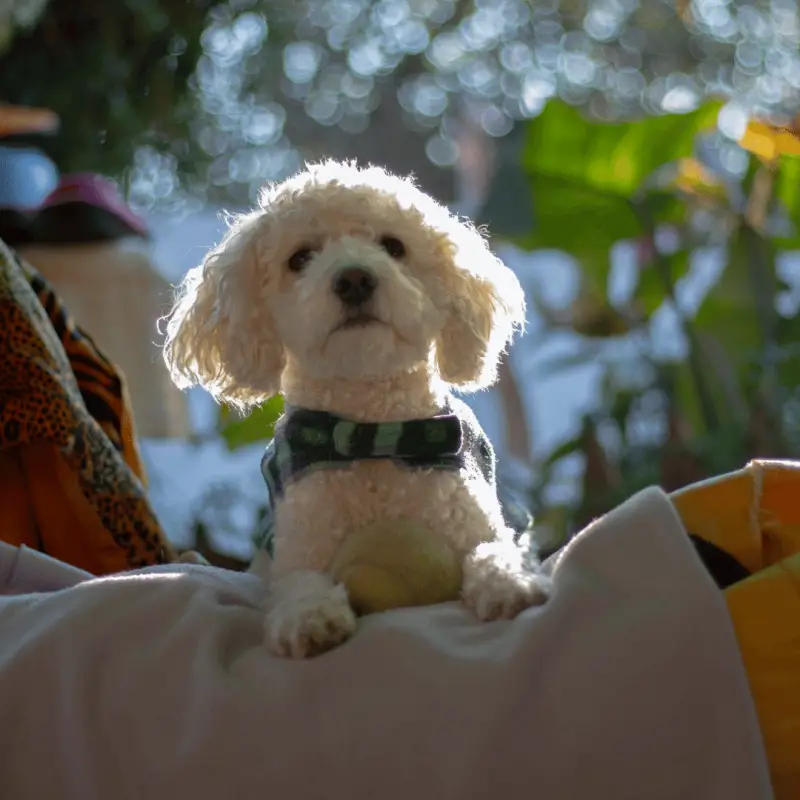
The Cavachon is a cross between a Cavalier King Charles Spaniel and a Bichon Frise. They typically have a hypoallergenic coat which is usually white with tan, red, apricot, brown, or black markings.
Cavachons are affectionate, loving, and suited to owners with limited living or garden space due to their rather small statue. These dogs have a puppy-like appearance which stays with them even throughout adulthood.
5. Springadors
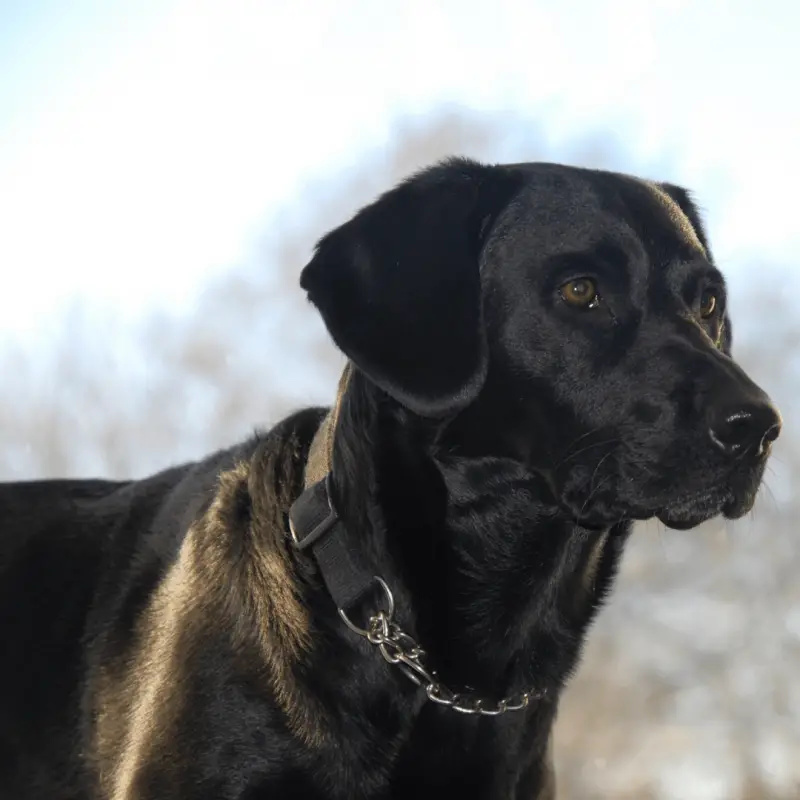
Springadors (also known as Spanadors and Labradingers) are the result of crossing a Springer Spaniel with a Labrador Retriever. Both of these two breeds have strong retrieving instincts, so the Springador also inherits this trait.
The Springador grows rather large and normally takes on the solid colour of their Labrador parent (black, yellow, or chocolate). They make fantastic working dogs as they are obedient, loyal, and hardworking, but they also enjoy spending some quality time with their owners.
.
6. Yorkipoo
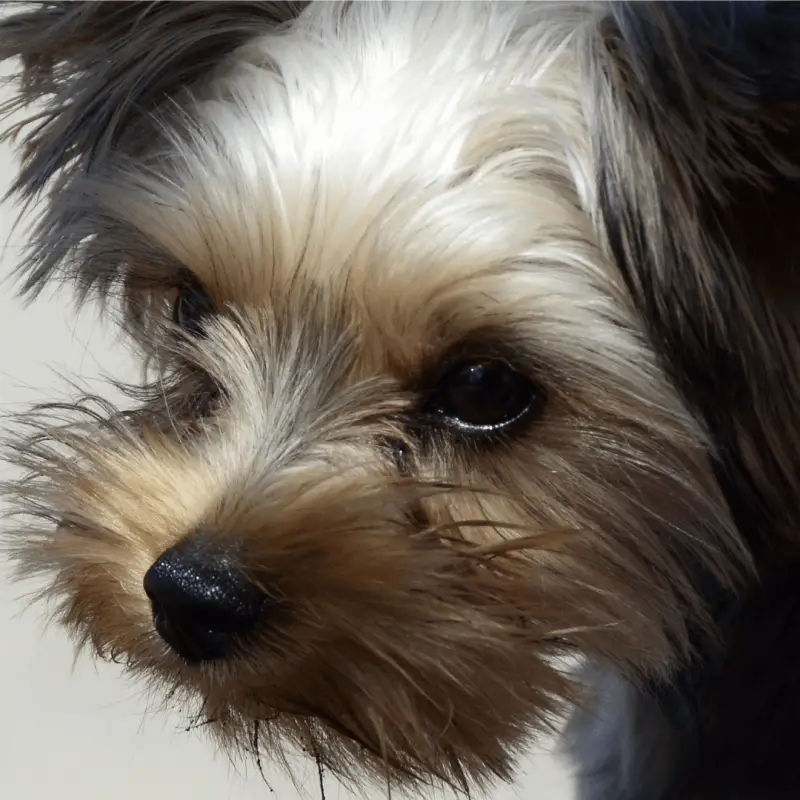
Another popular mixed breed in the UK is the Yorkipoo, a cross between a Yorkshire Terrier and Miniature or Toy Poodle. Like a lot of the crosses in this list, the Yorkipoo is a good choice for allergy sufferers due to its low-shedding and low-dander coat.
Yorkipoos are small-sized dogs, making them an excellent choice for owners who don’t have a lot of space.
The Yorkipoo is lively, playful, and affectionate towards their owners. However, their Yorkshire Terrier side can make them territorial and distrustful of strangers.
7. Goldendoodle

What do you get when you cross a Golden Retriever with a Poodle? The Goldendoodle! Goldendoodles were initially bred as a larger alternative to the Cockapoo, and essentially look like a giant version.
They are intelligent, affectionate, and friendly dogs with low-shedding and curly coats. Depending on whether their Poodle parent is Toy, Miniature, or Standard, the size for this crossbreed varies.
Goldendoodles are energetic, so they make wonderful dogs for active families who enjoy going on long walks.
8. Sprollie
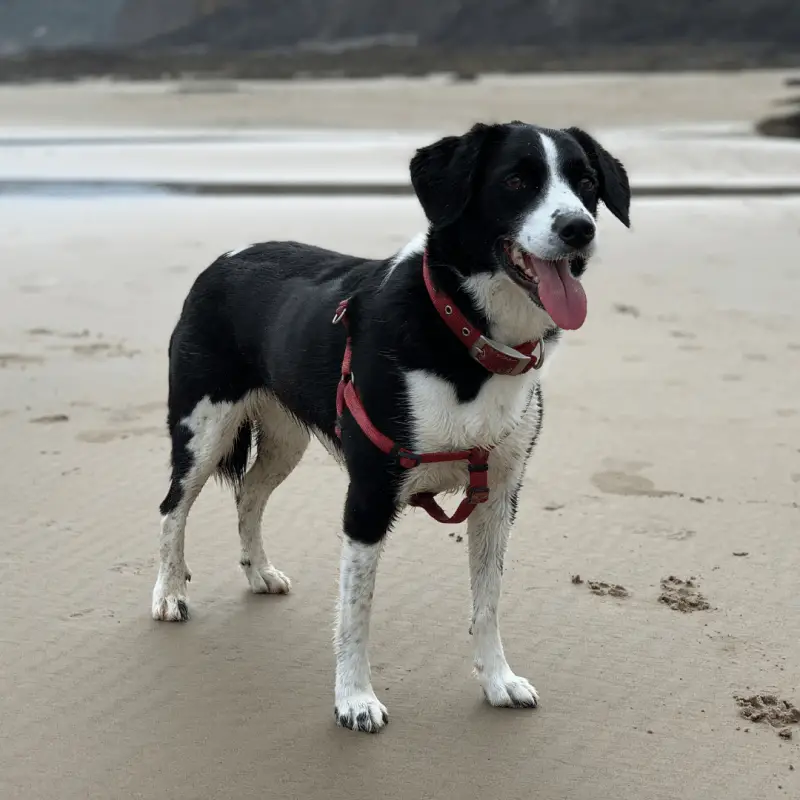
A Sprollie is a combination of a Springer Spaniel and a Border Collie, resulting in a dog that is energetic, hardworking, and extremely intelligent. This crossbreed is popularly used in agility due to their obedience and willingness to please their owners.
Aside from being very active, Sprollies are playful and friendly. They reach a medium size and inherit colours and markings from either their Collie or Springer parents.
9. Goldador
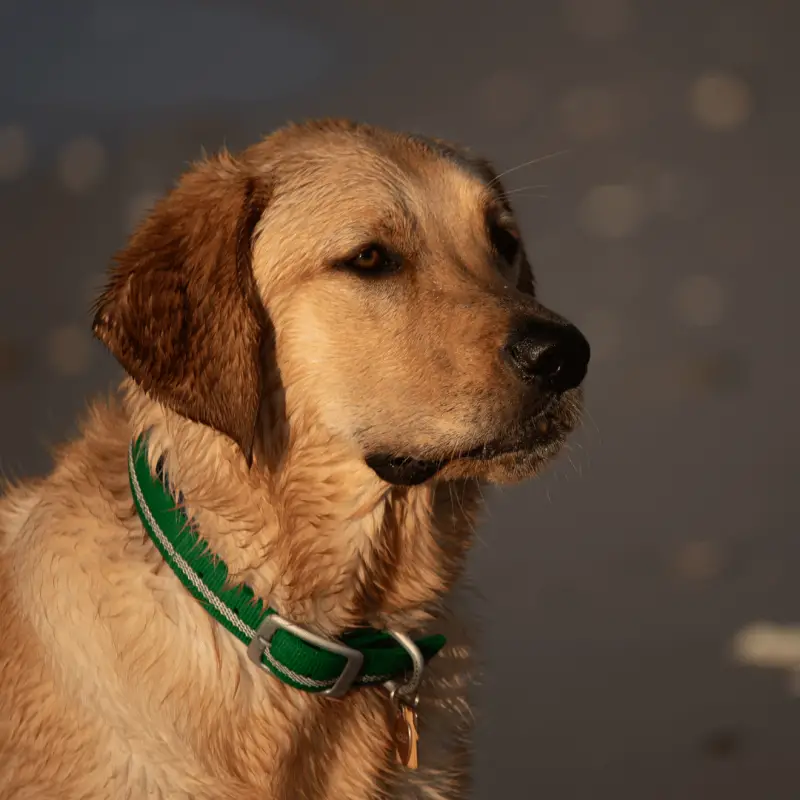
As you may have already guessed, the Goldador is a cross between a Golden Retriever and a Labrador Retriever. This gives you a fun-loving and energetic dog whose gentle nature makes them an excellent choice for families with children.
Goldadors are relatively large dogs with short double coats, but they can also have longer and wavier fur. These dogs need a lot of exercise as they are prone to weight gain, just like their Labrador and Golden Retriever parents.
10. Matlipoo
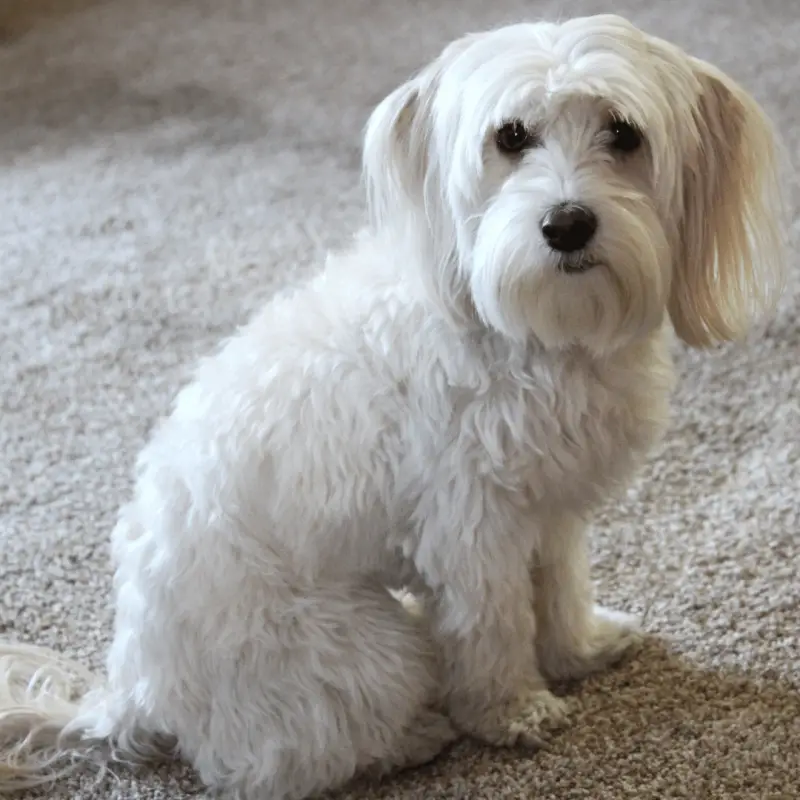
Maltipoos are a mixed breed with Maltese and Toy or Miniature Poodle parents (you’re probably noticing a trend here!). They are small companion dogs who love nothing more than cuddling up with their owners, but this can make them prone to separation anxiety if left alone.
The Maltipoo is considered a non-shedder, so they’re ideal for allergy sufferers. Although friendly, they can be barkers as they are natural watchdogs.
Common small mixed breed dogs
- Chorkie
- Jackapoo
- Yorkipoo
Common Large Mixed Breed Dogs
- Goldendoodle
- Goldador
- Labsky
Common Medium-Sized Mixed Breed Dogs
- Sprollie
- Pomsky
- Puggle
How to Identify Mixed Breed Dogs
Identifying a mixed breed dog can be challenging, especially if they have multiple breeds in their genetics. Examining your dog’s physical traits like muzzle shape, ear type, and coat type can help you guesstimate what breeds they may be a mix of, but a dog DNA test will give you a much more accurate answer.
The majority of dog DNA test kits require you to take a swab of the inside of your dog’s cheek. This swab is then placed inside a container given to you by the company and posted to the company’s lab.
Lab technicians will extract your dog’s DNA from the mouth swab and use a computer to compare it against a huge breed database of other DNA samples.
How Many Breeds Can a Dog Be Mixed With?
Dogs can be mixed with an unlimited number of breeds. Canines that are mixed with three or more breeds are known as mixed breeds.
Crossbreeds, on the other hand, have pedigree parents of two different breeds. For example, a Cavapoo is a cross between a Cavalier King Charles Spaniel and a Poodle.
Should I Get a Pedigree or a Crossbreed?
Ultimately, it comes down to personal preference when deciding whether to get a pedigree, crossbreed, or mixed-breed dog.
Crossbreed and mixed breeds are usually much healthier than pedigree dogs, but their temperaments and personalities can be hard to predict. This is especially true for canines who consist of more than three breeds.
With purebred dogs, you can easily identify health risks, common behaviours, and temperaments associated with their breed. This allows you to select a breed that suits you and your lifestyle, such as one that is suited to small homes or doesn’t require a lot of exercise.
With mixed breeds, especially puppies, it can be difficult to identify their adult size, exercise needs, energy levels, and temperament. But that also means owning one will be full of surprises!
Do Mixed Breed Dogs Have Health Problems?
Crossbreed dogs have what is known as “hybrid vigour”, which means they have superior qualities to those of their purebred parents. That’s where the notion that mixed breed dogs are healthier than pedigrees comes from.
Dogs who have more than three breeds in their genetics have a wider gene pool, so they’re often hardier and stronger than pedigree dogs.
However, while many mixed breeds dogs are healthier than purebreds, that doesn’t mean they can’t have health concerns.
In a 2013 study by Bellumori et al using medical data from a UC Davis veterinary clinic, over 27,000 dogs were compared against 24 genetic disorders in both purebred and mixed breed dogs.
This study found that purebred dogs were at a higher risk of 10 genetic disorders (42%), while mixed breeds were at a higher risk of 1 genetic disorder (4%). The remaining 13 genetic disorders (54%) showed no difference in risk in purebred and mixed breed dogs.
The genetic disorder that is more commonly seen in mixed breed dogs is ruptured cranial cruciate ligament.
Advantages of Owning a Crossbreed Dog
- Mixed breed dogs are often healthier than purebred dogs as they have a larger gene pool. More genetic diversity means they are less likely to inherit health issues associated with either of their parents’ breeds.
- Crossbreeds have more balanced characteristics than purebreds as they inherit traits or attributes to a lesser effect than their pedigree parents. For example, breeds like the Beagle who are notoriously stubborn can be bred with a more compliant breed like the Border Collie to create a more obedient dog.
- Many animal rescue centres have an abundance of mixed breed dogs in need of loving homes. By rescuing a mixed breed, you’ll be giving that dog a second chance and helping free up space in the shelter for another animal.
- Mixed breeds are usually cheaper than purebred dogs, especially if you opt for a less common crossbreed or one that has multiple breeds in their genetics.
Disadvantages of Owning a Crossbreed Dog
- While crossbreed dogs are normally healthier than pedigrees, there’s still a chance they may develop congenital health problems like epilepsy and hip dysplasia. This can occur if both of the dog’s parents are predisposed to the same genetic issues.
- Crossbreeding dogs who are different sizes can result in a challenging pregnancy and delivery. This is most commonly seen when the male dog is a lot bigger than the female.

Written by: Joshua Gordon
Head of Research and Editorial, Joshua has over 7 years of experience as a finance and automotive research consultant. He is a childhood pet owner and dog enthusiast.


